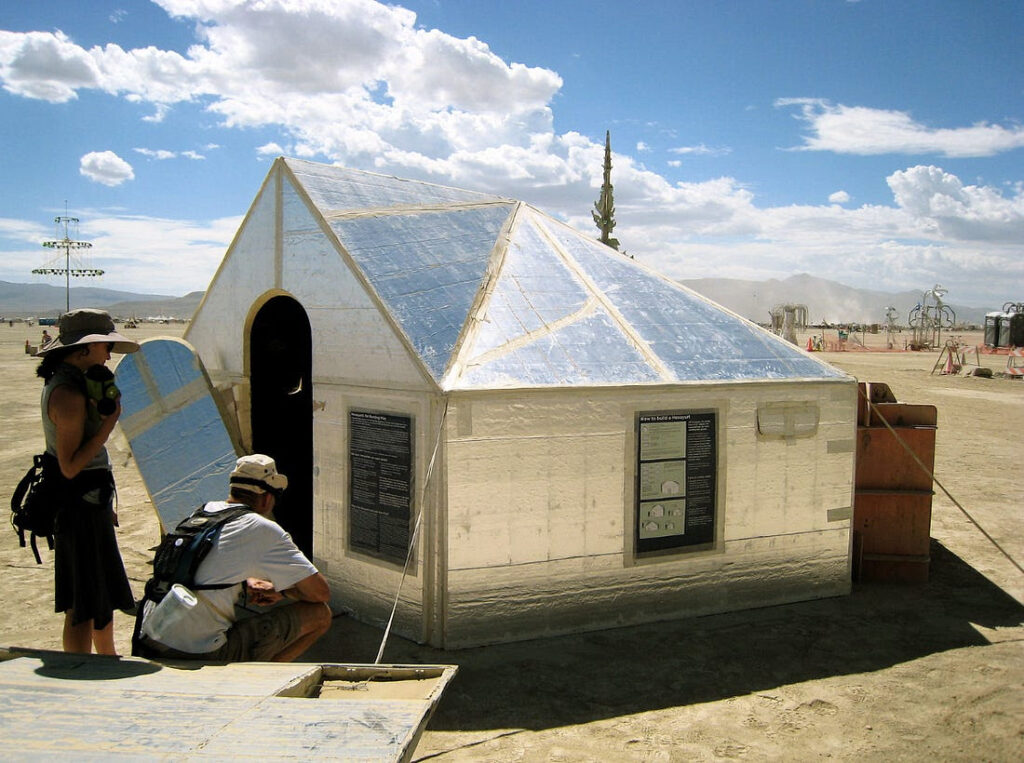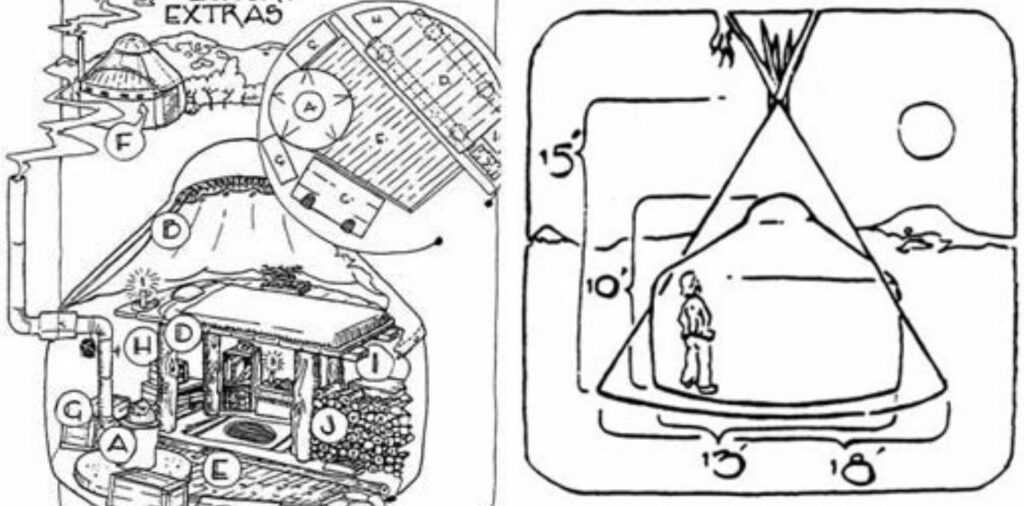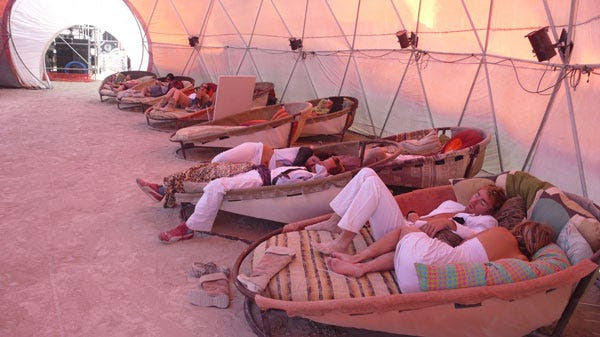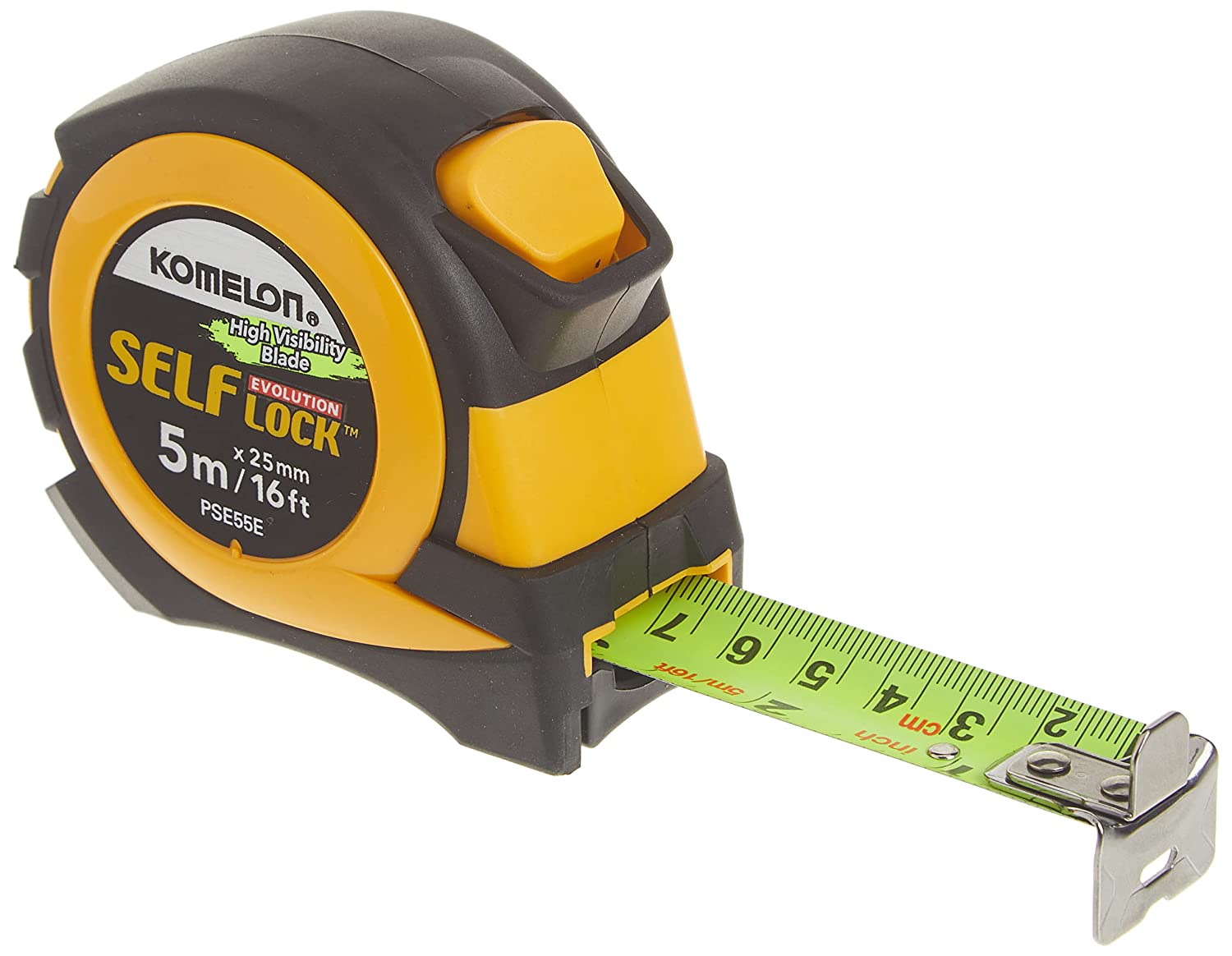Day: May 12, 2022
 05/12/22
05/12/22
Modular 3D Printed Workshop Organizing System
Gareth’s Tips, Tools, and Shop Tales – Issue #120
 05/12/22
05/12/22
Gareth’s Tips, Tools, and Shop Tales – Issue #120
A cool tool can be any book, gadget, software, video, map, hardware, material, or website that is tried and true. All reviews on this site are written by readers who have actually used the tool and others like it. Items can be either old or new as long as they are wonderful. We post things we like and ignore the rest. Suggestions for tools much better than what is recommended here are always wanted.
Tell us what you love.
The hexayurt is an update on Buckminster Fuller’s geodesic dome and is a sturdy, affordable, easy-to-build temporary shelter. The geometry has been adjusted slightly to make it easier to build domes from materials like plywood, insulation, plastic, cardboard and more. The hexayurts are made from only one kind of triangle: an 8′ x 8′ isosceles triangle, rather than the strangely-shaped triangles which are standard for Fuller-style geodesic domes. They are not strictly geodesic, either, but it doesn’t seem to matter much in practice. The slightly stiff, angular lines look a lot like any other dome.
The most common place to see hexayurts is at Burning Man. The first one was built there in 2003, and was only a little bigger than a tent. There now range in size from 50 to nearly 500 square feet. A typical year at Burning Man will see a hundred or so of the silver huts lined up on the playa.
The design is public domain and build-it-yourself. People using the shelter for Burning Man usually buy the materials (about $300) ahead of time, including mail ordering the hard-to-find extra wide tape which is used to hold the shelter together. It takes about a day’s worth of effort to cut out the roof pieces, playa-proof the edges and do a test assembly. Putting the hexayurt together on the playa typically takes a small group of people about two hours and can be a struggle if there is wind or a dust storm which coats all the pieces in a fine layer of tape-defeating dust.
The joy of the thing is a building which stays relatively cool in the desert. The shiny surface of the hexayurt reflects away a lot of the sun’s heat, and a mix of pump sprays, swamp coolers and even the occasional air conditioner make the inside quite habitable even in the middle of the day when tents are far too hot for comfort. There are lots of plans and instructional videos on the Hexayurt web site, and handy people seem to have little difficulty putting them up.
A few simpler units, made from plywood, have been tested by local charities in Sri Lanka and Haiti. The jury is still out on whether this shelter will be useful beyond recreational use in the desert, but field trials are underway. — Howard Rheingold and Vinay Gupta

Although I have never made a yurt, but I’d like to. This book tells you how. It assumes you have more time than money.
A yurt is a temporary tent house. It’s not really portable. The Mongolian version weighs 200 pounds — strong wooden frame covered in thick felt. If you really want portable, get a modern dome tent. But if you want a compact summer house, a cabin, a seasonal shelter encased in the mythical round, then a yurt could be perfect since you can make one of these yourself, with the added bonus that you can move it if you have to.
This book is an update of a 1980s classic. It takes the hippie approach. The drawings are all you need. Their instructions are rough, approximate, but satisfyingly visual. The book is motivational simply by being clear and rustic. Precision is not required, craft-smarts are. It assumes you are a do-it-yourself person. —KK


Domes are the most efficient way to build a shelter, covering the most space with the least material. But all domes leak in the rain (ask anyone who has lived in one). Yet, because they can be erected quickly, cheaply, and make wonderful, uninterrupted, open, almost magical, spaces inside, domes are perfect where it does not rain. Or on a temporary basis. Or both. Like Burning Man.
Once popular in the 1970s as alternative housing, then abandoned as impractical a decade later, domes are now in a resurgence because they are nearly ideal structures for arid and temporary shelters at Burning Man. This instant city now sports more domes than anywhere else in the world, and many of these are quite large. Considering how vast they are, it is amazing they can be thrown up in a few days by a small dedicated crew. And then be re-erected the next year.
You can use any set of long uniform pieces for the structs of a dome, from 2x4s, to electrical conduit pipe. The key critical pieces are the hubs which connect the structs, and the strut lengths. These must have a mathematical precision, and their dimensions vary by the size and variation of the dome species.
Therefore if you want to build a geodesic dome structure, you need to be able to construct strong hubs accurately. Domerama is the guide you need. This website shows you how to calculate struct lengths and how to make (or where to buy) dependable hub connectors. Using this site many amateurs have successfully built domes that worked the first time; you’ll need help: remember this is a very math-intensive endeavor.
The site has tons of materials on the varieties of domes, erecting domes (not as easy as you think), designing them, what to use as coverings, and introduces global dome culture. It is the best place to keep up on dome innovations: one cool new idea is to shrink wrap domes. Find out how here. Domerama is better than any current book on domes by far. — KK

Once a week we’ll send out a page from Cool Tools: A Catalog of Possibilities. The tools might be outdated or obsolete, and the links to them may or may not work. We present these vintage recommendations as is because the possibilities they inspire are new. Sign up here to get Tools for Possibilities a week early in your inbox.
© 2022

